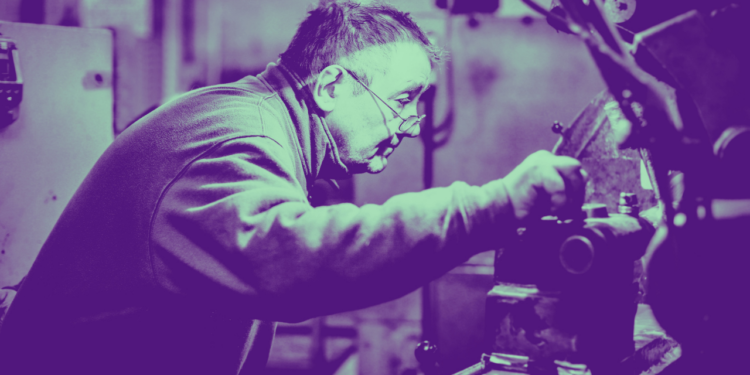What’s going on:
A study published by Bain & Co. estimates that nearly 150 million jobs will be held by workers aged 55 or older by 2030, according to McKnights Senior Living. In the United States, adults over 65 years are the only demographic projected to increase their share of the workforce, from 8.9% in 2020 to 11.7% in 2030.
Why it matters:
The increasing presence of older workers in the workforce is a trend that will shape the labor market in the upcoming years. The experience and skills that older workers can provide is seen as a competitive advantage for companies that invest in recruiting, retaining, reskilling, and respecting this demographic, according to McKnights. However, there is also a need for more inclusive workplace practices, such as reverse mentoring and re-entry programs to fully leverage the potential of older workers.
How it’ll impact the future:
As the demographics of the workforce continue to evolve this decade, companies that adapt to these changes and value the strengths of older workers will likely thrive. According to McKnights, this includes recognizing employee loyalty, understanding employee motivations, and providing workers with the necessary tools and training to succeed in a technologically advanced world.
The growing presence of older workers will not only reshape the workforce but also influence workplace culture. By allowing older workers to mentor others and share their expertise, leaders will be able to create a more inclusive and diverse work environment that benefits all employees.


 Dr. Gleb Tsipursky – The Office Whisperer
Dr. Gleb Tsipursky – The Office Whisperer Nirit Cohen – WorkFutures
Nirit Cohen – WorkFutures Angela Howard – Culture Expert
Angela Howard – Culture Expert Drew Jones – Design & Innovation
Drew Jones – Design & Innovation Jonathan Price – CRE & Flex Expert
Jonathan Price – CRE & Flex Expert











